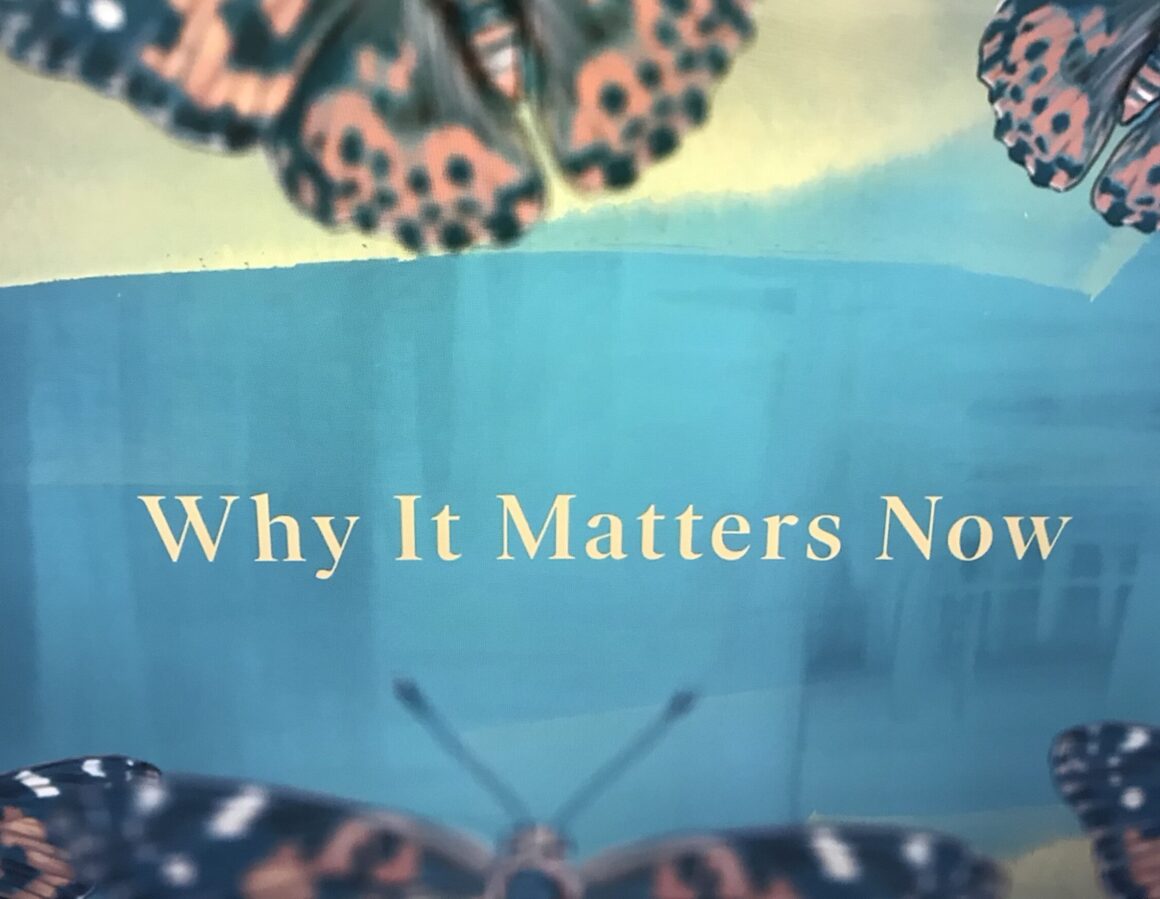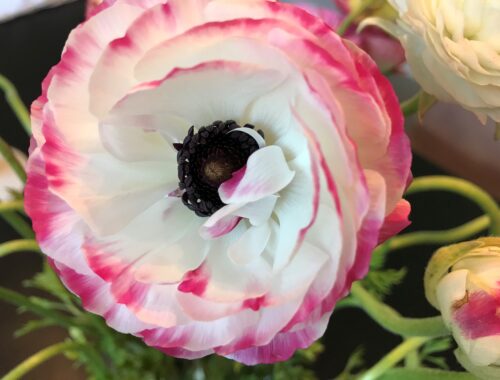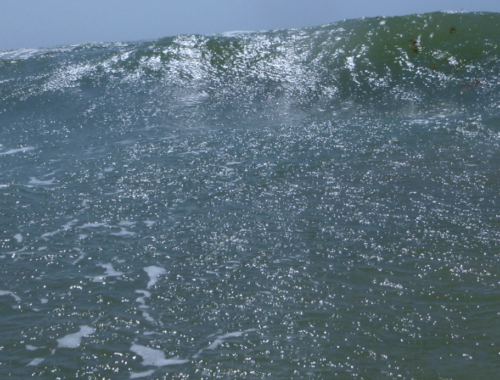
Black History Month MasterClass
February is Black History Month here in the U.S., and R. and I have been further learning from a 10-hour, 47-minute course divided into 54 lessons, “Black History, Black Freedom, and Black Love: Lessons from Influential Black Voices,” which MasterClass is offering free during February. (The series is also available through Amazon Prime and on IMDb TV.) MasterClass describes the course as, “Seven preeminent Black thought leaders share their insight on the reckoning with race in America in three parts: past, present, and future.” Although I’m versed enough in our nation’s racism not to be shocked by a reexamination of various incidents, they still disturb and compel; some lessons are preceded with warnings about offensive or triggering language or images. But the course refrains from even a hint of sensationalism and affords the experts/intellectuals/activists who speak the opportunity to explore the broad strokes, the nuance, and the depth of various issues from their range of perspectives. Every leader speaks individually, directly into the camera, maintaining eye contact with us as viewers. There aren’t the arguments, interruptions, distractions, tangents, hilarity, or mockery of any kind of group discussion produced for entertainment/“news”; no one rants; instead, the course is a deeply civil and serious process of the leaders speaking from a place of expertise, lived experience, and urgency—and our listening.
Perhaps even more expanding for me than the leaders’ informed, reasoned, and passionate arguments are the snippets of home movie footage that supplement some lessons. Entirely centered in the Black American experience, these visuals were filmed spontaneously and casually by Black Americans of their own Black family members and friends having ordinary life experiences, happy human gatherings—a cluster in a kitchen, meals, parties, opening the door of the new car, parents holding hands and walking ahead (shot from a child’s low, rear angle and at a wobble)—usually absent of anyone but Black people. These intimate documents were filmed by Black people themselves—adults and children—for themselves, at the moments of the happenings, without the original intention of being available to a white gaze. As a white woman, I cannot be present in an entirely Black space; even if I were the only white person there, the environment might still not allow the Black people around me the freedom they would otherwise feel. And although I have sought out Black-centered films, there is, of course, a staging in those stories. In this course on MasterClass, we as viewers are honored with these expressions of unselfconscious, unmitigated Black joy and love.




